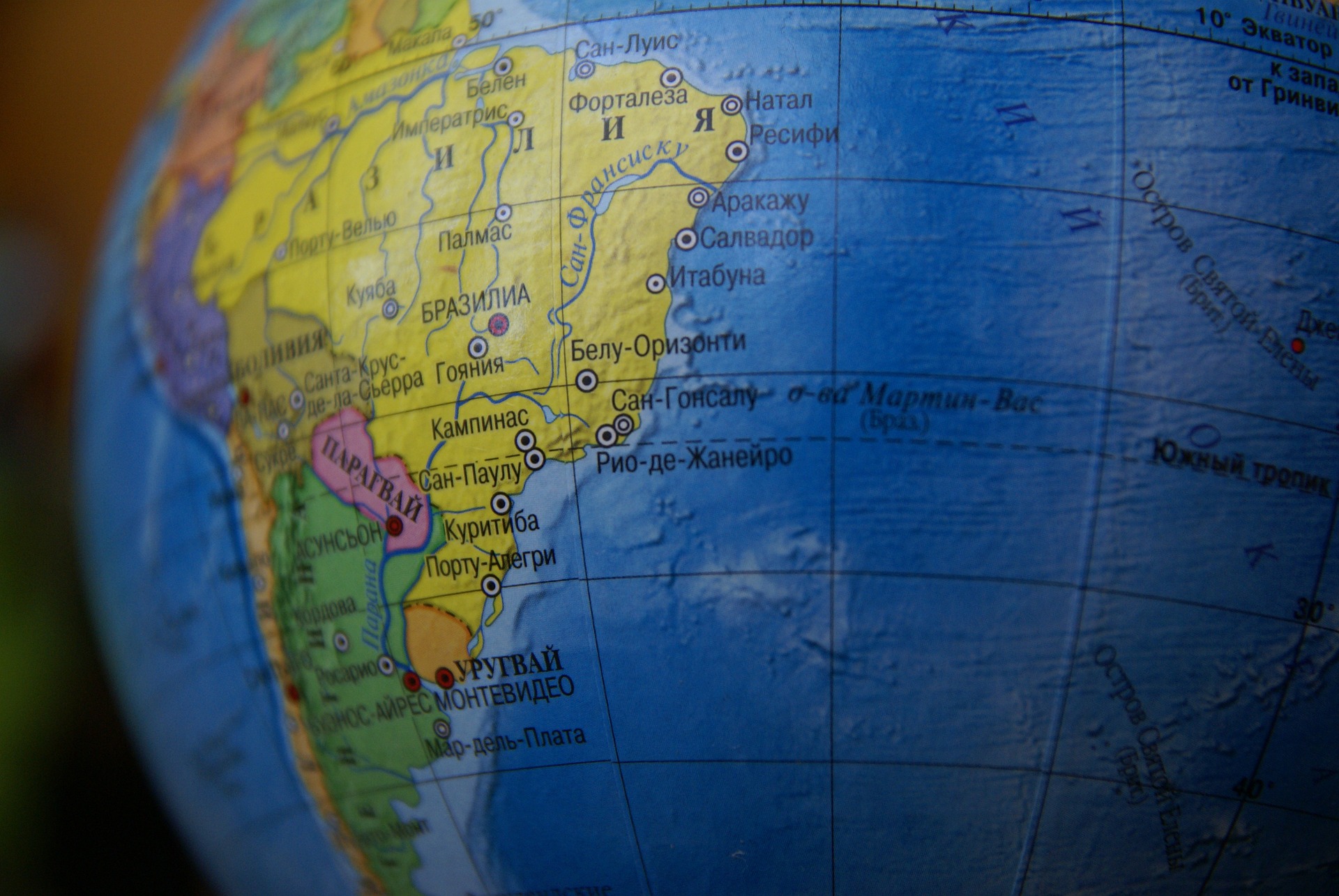A float slated to appear in New York City’s India Day Parade this weekend is causing an uproar, with community groups calling it a symbol of anti-Muslim hate, parade organizers defending its inclusion and elected officials scrambling to respond.
The planned float will include a large-scale model of the Ram Temple, which was built on the disputed site of a 16th-century mosque in the Indian city of Ayodhya. The mosque was destroyed in 1992 by Hindu nationalists, which set off widespread violence in the country that killed thousands of people, primarily Muslims.
The new temple was dedicated this past January by Narendra Modi, India’s hard-line Hindu nationalist prime minister, at a ceremony that was also followed by widespread anti-Muslim violence. Ankur Vaidya, the chairman of the board of trustees for the group organizing the parade, the Federation of Indian Associations, said on Wednesday that a model of a temple — measuring 8 feet by 8 feet by 16 feet — would be driven down Madison Avenue on the float.
But he noted that the model was not being advertised as depicting the temple in Ayodhya.
“This is being mixed into a jambalaya of assumptions,” Mr. Vaidya said, although he added that the Ayodhya temple was important to Hindus, and that the float was a special addition to this year’s parade because “the temple opened this year.”
In a letter, a coalition of Muslim American and Indian American groups have asked Mayor Eric Adams and Gov. Kathy Hochul to prevent the float from appearing in the parade. At a news conference on Wednesday, the groups called the float an affront to American values.
“Think about it. This is happening in New York City,” Husnaa Vhora, a representative of the Indian American Muslim Council, told a crowd gathered near City Hall. “For it to happen anywhere in the United States is appalling, but for it to happen in New York City, the Big Apple, the melting pot, amplifies the sentiment.”
Thank you for your patience while we verify access. If you are in Reader mode please exit and log into your Times account, or subscribe for all of The Times.
Thank you for your patience while we verify access.
Already a subscriber? Log in.
Want all of The Times? Subscribe.

